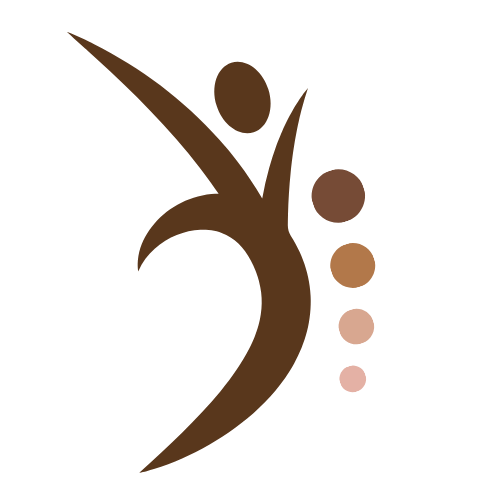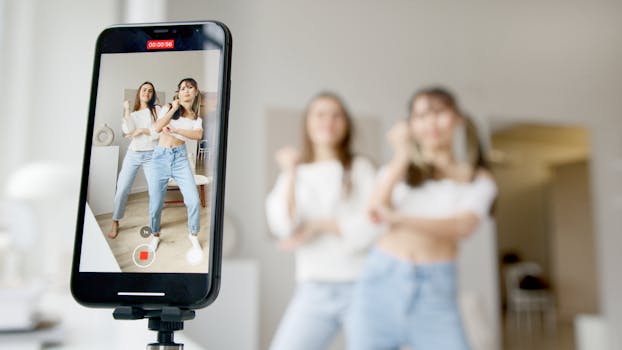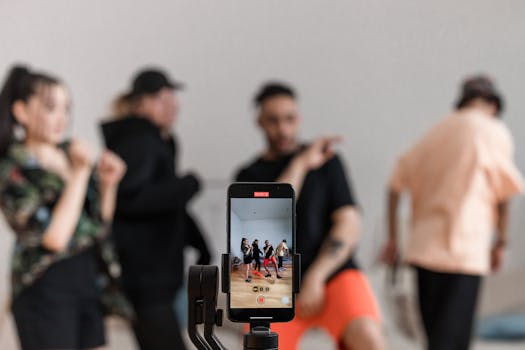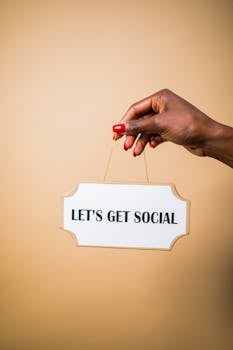Anúncios
Building dance resources can significantly enhance your experience in the world of dance. Whether you’re a teacher, student, or dance enthusiast, having the right resources is essential. This article will guide you through various ways to build effective dance resources that cater to diverse needs.
Dance is an art form that thrives on creativity, expression, and collaboration. However, effective resources can make a profound impact in facilitating learning and performance. By organizing various materials, tools, and guidance, you can elevate your dance journey.
From creating lesson plans to utilizing digital platforms, the possibilities are endless. Read on to explore the best strategies, tools, and tips to develop dance resources that can inspire and educate.
Understanding Your Audience
Before creating any dance resources, it’s essential to determine the needs of your audience. Are you working with beginners, intermediates, or advanced dancers? This insight shapes your resource development.
Each group has unique learning requirements. Beginners may require fundamental techniques, while advanced dancers might seek specialized choreography and advanced concepts. Tailoring resources ensures they fulfill specific needs.
Anúncios
Consider conducting surveys or feedback sessions. Understanding the preferences and expectations of your audience offers invaluable insights. Continuous feedback will help refine your resources over time.
Additionally, consider the age group and cultural diversity within your audience. Each demographic may respond differently to styles and teaching methods. Building inclusive resources can resonate with a broader range of dancers.
Lastly, remember that effective resources should encourage engagement and participation. Interactive elements can elevate learning experiences. Building community through your resources encourages dancers to connect, share, and learn together.
Anúncios
Creating Structured Lesson Plans
Lesson plans are a fundamental aspect of dance education. They provide a clear roadmap for instructors and students alike. A well-structured lesson plan enhances productivity and learning outcomes.
Include objectives in your lesson plans to outline specific goals for each session. What skills or techniques should students master? Setting targets ensures focused practice and measurable progress.
Next, segment your lesson plans into manageable sections. Balance warm-up exercises, skill development, choreography, and cooldown activities. This balanced approach helps maintain energy and concentration throughout the class.
Integrate home practice assignments within lesson plans. Encouraging students to practice outside the classroom reinforces skills and aids retention. Always provide clear instructions to maximize practice effectiveness.
Finally, evaluate and adapt lesson plans regularly. Monitor student progress and gather feedback. Making necessary adjustments ensures continued relevance and effectiveness of your teaching resources.
Utilizing Digital Platforms
Embracing technology can significantly enrich your dance resource offerings. Digital platforms provide expansive access to material, making learning convenient and inclusive. Consider using video tutorials, online classes, or interactive apps.
Video platforms are ideal for demonstrating techniques and choreography. Creating a YouTube channel or using social media can help reach wider audiences. Video content makes learning engaging and easy to follow.
Additionally, explore online dance communities or forums. These platforms allow dancers to share resources, techniques, and experiences. Engaging in community discussions fosters learning and personal growth.
Mobile applications can offer dance resources at your fingertips. Look for apps that provide practice schedules, instructional videos, or choreography tracking. These tools enhance flexibility and learning on-the-go.
Always remain mindful of the digital divide. Ensure that your resources are accessible to everyone, regardless of their technological capabilities. Offering both digital and physical options provides comprehensive access to all dancers.
Collecting and Curating Dance Literature
Literature is a rich resource for enhancing dance knowledge. Books, articles, and journals provide valuable insights into history, techniques, and theories behind dance. Curating a library of essential readings can enrich your dance practice.
Start by identifying foundational texts across different dance styles. Look for reputable sources that explore choreography, technique, and dance history. This breadth of knowledge fosters a well-rounded dance education.
Consider e-books and audiobooks as convenient alternatives. These formats allow for flexible access to information. Moreover, many libraries offer digital lending services, expanding access to valuable resources.
Incorporate current articles and research into your resources. The dance world continuously evolves, and staying updated on trends and innovations is crucial. Subscribe to relevant newsletters or journals to stay informed.
Finally, encourage discussions around dance literature in classes or workshops. Sharing insights fosters a deeper understanding and connection among dancers. Create a culture of continuous learning through literature.
Collaboration with Other Instructors
Collaboration can significantly elevate the breadth and depth of your dance resources. Working with other instructors allows for sharing expertise, experiences, and teaching methodologies. This cooperation enriches the learning experience for everyone involved.
Consider organizing workshops or joint classes with fellow instructors. Different perspectives and teaching techniques can introduce students to new styles. Collaborating helps to unify various dance communities.
Development of shared resources, such as lesson plans or choreography, can be beneficial. Pooling your knowledge results in a comprehensive collection of materials that can cater to diverse skill levels.
Online meetups or forums for instructors can lead to a broader network of contacts. Sharing resources and information becomes easier in these collaborative spaces. Look for organizations or social media groups dedicated to dance educators.
Lastly, promote a culture of gratitude and respect within collaborations. Recognize the contributions of your peers in shared resources. Building relationships encourages long-lasting partnerships that benefit the dance community.
Implementing Feedback Mechanisms
Collecting feedback is crucial for continuous improvement in your dance resources. Establishing effective feedback mechanisms allows you to gauge the success of your resources and make necessary adjustments accordingly.
Consider anonymous surveys post-class or at the end of workshops. Questions should focus on clarity, engagement, and areas for improvement. Positive feedback as well as constructive criticism are equally valuable.
Incorporate informal feedback sessions throughout classes. These discussions can yield spontaneous insights. Spontaneous feedback often reveals issues attendees wouldn’t mention in formal settings.
Encourage peer feedback among students. This can improve not only students’ abilities but also open communication channels. Learning to give and receive constructive feedback enhances collaborative skills.
Finally, act on the feedback received. It’s vital to show your audience that their opinions matter. Implementing changes based on feedback demonstrates your commitment to continuous enhancement of resources.
Conclusion
Building dance resources requires a thoughtful approach that addresses various aspects of learning, collaboration, and technology. Understanding your audience plays a critical role in shaping effective resources.
By creating structured lesson plans, utilizing digital platforms, curating literature, collaborating with fellow instructors, and implementing feedback, you can enhance your dance education offerings. The right resources can inspire and empower dancers to excel.
Additionally, remaining open to learning and adapting your resources ensures their long-term efficacy. The world of dance is ever-evolving, and your resources should evolve with it to remain relevant and effective.
Your commitment to building comprehensive dance resources will not only benefit you but also help foster a thriving dance community. Embrace the journey of resource development and witness the transformational power it brings to your dance environment.



